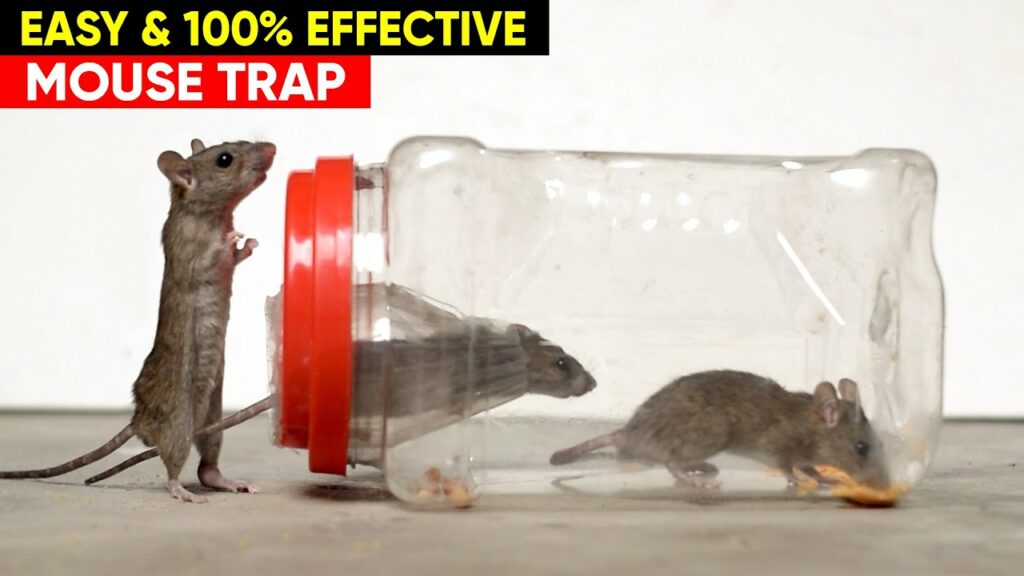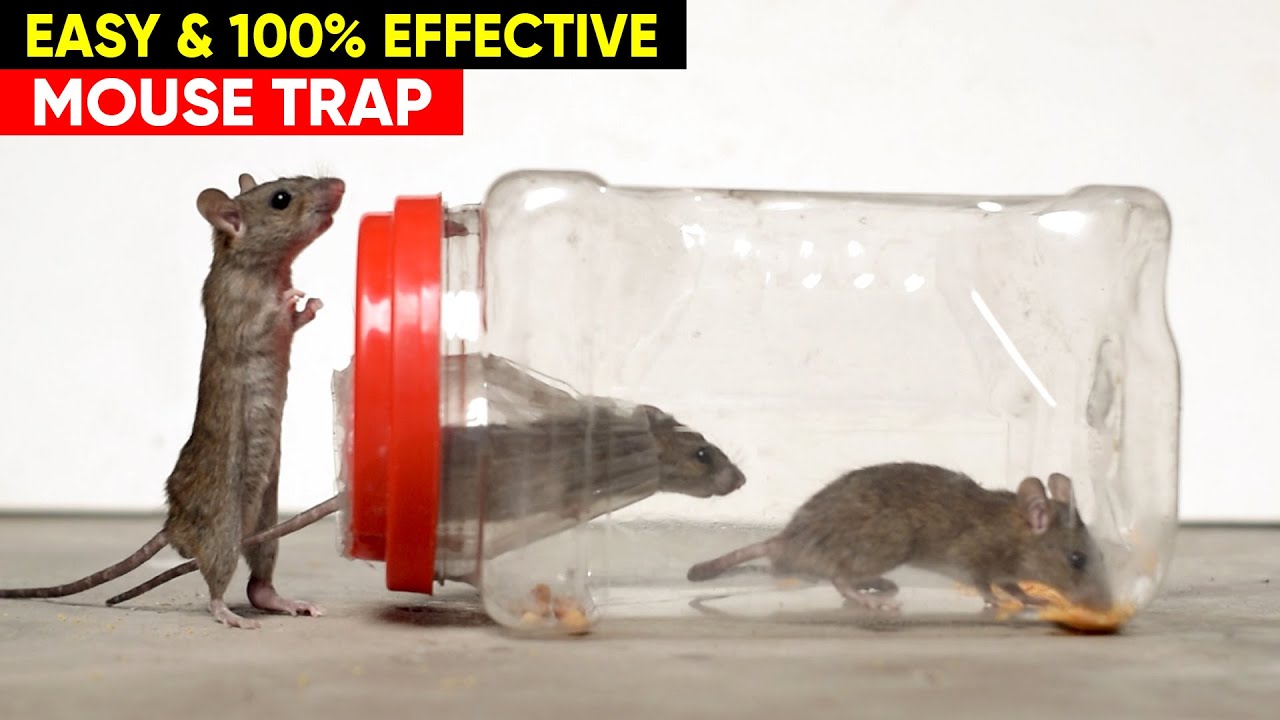
If you’re dealing with a mouse or rat problem, you might not want to spend money on commercial traps or use harmful chemicals. Fortunately, you can easily make an effective and humane mouse trap at home using common household items. This DIY mouse trap is simple to set up, inexpensive, and can help you manage rodent issues without the need for poison or costly traps.
Materials You’ll Need
-
A large bucket or deep container (at least 12 inches deep)
-
A soda can or toilet paper roll
-
A metal or wooden rod (like a hanger or skewer)
-
Peanut butter (or any other bait like cheese or chocolate)
-
A small plank or sturdy stick (to act as a ramp)
-
String or tape (optional, depending on your setup)
Step-by-Step Guide to Making the Trap
1. Prepare the Bucket
-
Start with a large bucket or deep container. This will be the main body of your trap. The depth of the bucket is important because once the mouse falls in, it shouldn’t be able to jump out.
2. Prepare the Rolling Bait Holder
-
Take a soda can or a toilet paper roll and poke a hole through the center of the ends. If you’re using a soda can, remove the tab and clean the can thoroughly.
-
Insert the metal rod (like a hanger or skewer) through the holes, so the can or roll can spin freely on the rod. This will create an unstable surface that will cause the mouse to fall into the bucket.
3. Bait the Trap
-
Smear peanut butter or any other bait onto the center of the soda can or toilet paper roll. This bait will attract the mouse to the trap.
4. Set Up the Trap
-
Place the rod with the can or roll across the top of the bucket. The rod should be balanced so that the baited can or roll is centered over the bucket.
-
Ensure that the can or roll can spin freely when touched.
5. Create a Ramp
-
Lean a small plank or sturdy stick against the bucket to create a ramp. This will allow the mouse to climb up to the baited can or roll.
6. Test the Setup
-
Make sure everything is stable but that the can or roll will spin easily if a mouse steps on it. The mouse will be lured by the bait, climb the ramp, and step onto the unstable can or roll, causing it to fall into the bucket below.
How It Works
-
Attraction: The mouse is attracted by the smell of the bait (like peanut butter) and climbs the ramp to reach it.
-
Trap Mechanism: As the mouse steps onto the can or roll to get the bait, the unstable surface spins, causing the mouse to lose balance and fall into the bucket.
-
Containment: Once inside the bucket, the mouse cannot escape due to the height of the bucket’s walls.
Optional: Humane Release
If you wish to release the mouse, simply take the bucket to a location far from your home and carefully tip it over to let the mouse go.
Tips for Success
-
Check the Trap Regularly: Check your trap frequently, especially if you’re using it in an area with a high mouse population.
-
Use Fresh Bait: Replace the bait regularly to keep the trap effective. Mice are more likely to go after fresh, aromatic bait.
-
Multiple Traps: If you have a serious mouse problem, consider setting up multiple traps around your home for better coverage.
Conclusion
This DIY mouse trap is an easy, cost-effective, and humane way to deal with a rodent problem in your home. With just a few simple materials, you can create a trap that effectively catches mice or rats without the need for chemicals or expensive traps. Try setting up this homemade trap, and you may find it to be one of the best solutions for keeping your home rodent-free!





